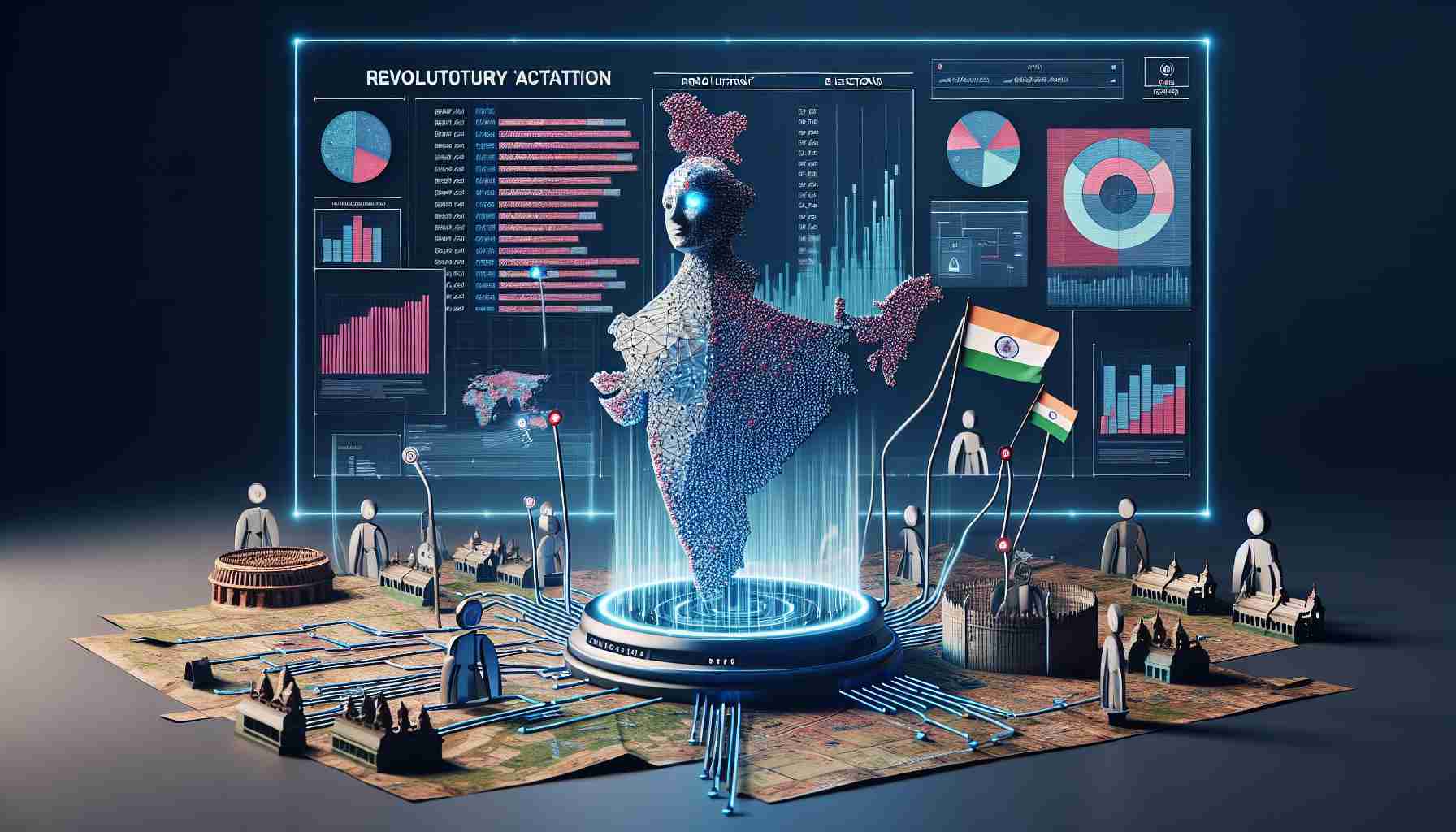As the February Delhi Assembly elections approach, political parties have found a new ally in technology. Artificial Intelligence (AI) is at the forefront, driving the creation of compelling advertisements and visuals aimed at voters.
The Aam Aadmi Party (AAP) is using AI to craft a narrative around its chief, Arvind Kejriwal, positioning him as a legendary figure for the city, elevating his status with titles like ‘GOAT’ (Greatest of All Time) and ‘Delhi ka Beta’ (Son of Delhi). This strategy paints him as a heroic leader dedicated to the city’s progress.
On the other hand, the Bharatiya Janata Party (BJP) counters this portrayal with its own AI-driven content, branding Kejriwal with the moniker ‘Original Mahathag’ to undermine his image. Key campaign issues such as education, health care, essential water services, and road infrastructure are taking center stage. Each party promises improvements in these areas while warning voters that choosing their opponents could result in significant setbacks to these vital services.
As the election date draws nearer, the political climate becomes increasingly competitive, with both parties employing advanced technologies like AI to gain an edge in the race. The future of Delhi hangs in the balance, and both AAP and BJP are pulling out all the stops to secure victory.
AI in Politics: Transforming Elections in Delhi
As the February Delhi Assembly elections approach, the integration of Artificial Intelligence (AI) in political campaigns has become a pivotal factor in shaping voter perception and influencing decisions. This technological advance not only revolutionizes how political parties communicate but also enhances the efficacy of their outreach strategies.
How Political Parties Utilize AI
Both the Aam Aadmi Party (AAP) and the Bharatiya Janata Party (BJP) are leveraging AI in unique ways to construct their narratives and reach their target demographics more effectively.
– AAP’s AI Strategies: The AAP is utilizing AI to create engaging advertisements that elevate their leader, Arvind Kejriwal, into a heroic status. By using tactical branding techniques, such as portraying Kejriwal with titles like ‘GOAT’ and ‘Delhi ka Beta,’ the party seeks to establish him as a trusted figure dedicated to the betterment of Delhi.
– BJP’s Counter-Narrative: Conversely, the BJP has adopted its own AI-driven strategies to challenge AAP’s portrayal of Kejriwal, referring to him as ‘Original Mahathag’ to question his credibility. This sharp counter-narrative is part of a broader strategy aimed at undermining AAP’s claims and solidifying their own position ahead of the elections.
Key Campaign Issues
The election discourse is increasingly centered on critical issues that resonate with voters:
– Education: Both parties are emphasizing their commitment to improve educational standards and accessibility in Delhi.
– Healthcare: Promises of enhanced healthcare services are witnessing considerable focus, as public health has remained a contentious point during past elections.
– Infrastructure: Issues surrounding road repairs and enhancements to essential utilities like water supply are at the forefront, with each party cautioning voters against potential setbacks should they choose their opponents.
Trends and Innovations
The use of AI in campaigns is part of a growing trend where technology plays a crucial role in political processes. This trend includes:
– Data Analytics: Parties are leveraging data analytics to assess voter sentiments and tailor their messages accordingly.
– Targeted Advertising: AI enables the creation of hyper-targeted ad campaigns based on demographic and behavioral insights, increasing engagement and impact.
Pros and Cons of AI in Elections
Pros:
– Enhanced Engagement: AI technologies facilitate more interactive and captivating content delivery.
– Precise Targeting: Political messages can be specifically crafted to appeal to distinct voter segments.
Cons:
– Misinformation Potential: The risk of spreading false information through AI-generated content is a concern.
– Manipulation: There is potential for AI tools to manipulate voter perceptions unfairly.
Conclusions and Insights
As both the AAP and BJP ramp up their campaigns with sophisticated AI tools, the importance of safeguarding the integrity of electoral processes becomes imperative. The evolving political landscape in Delhi exemplifies how technology can transform traditional approaches to campaigning, potentially reshaping voter behaviors and preferences.
For more insights on the implications of technology in politics, visit example.com.
